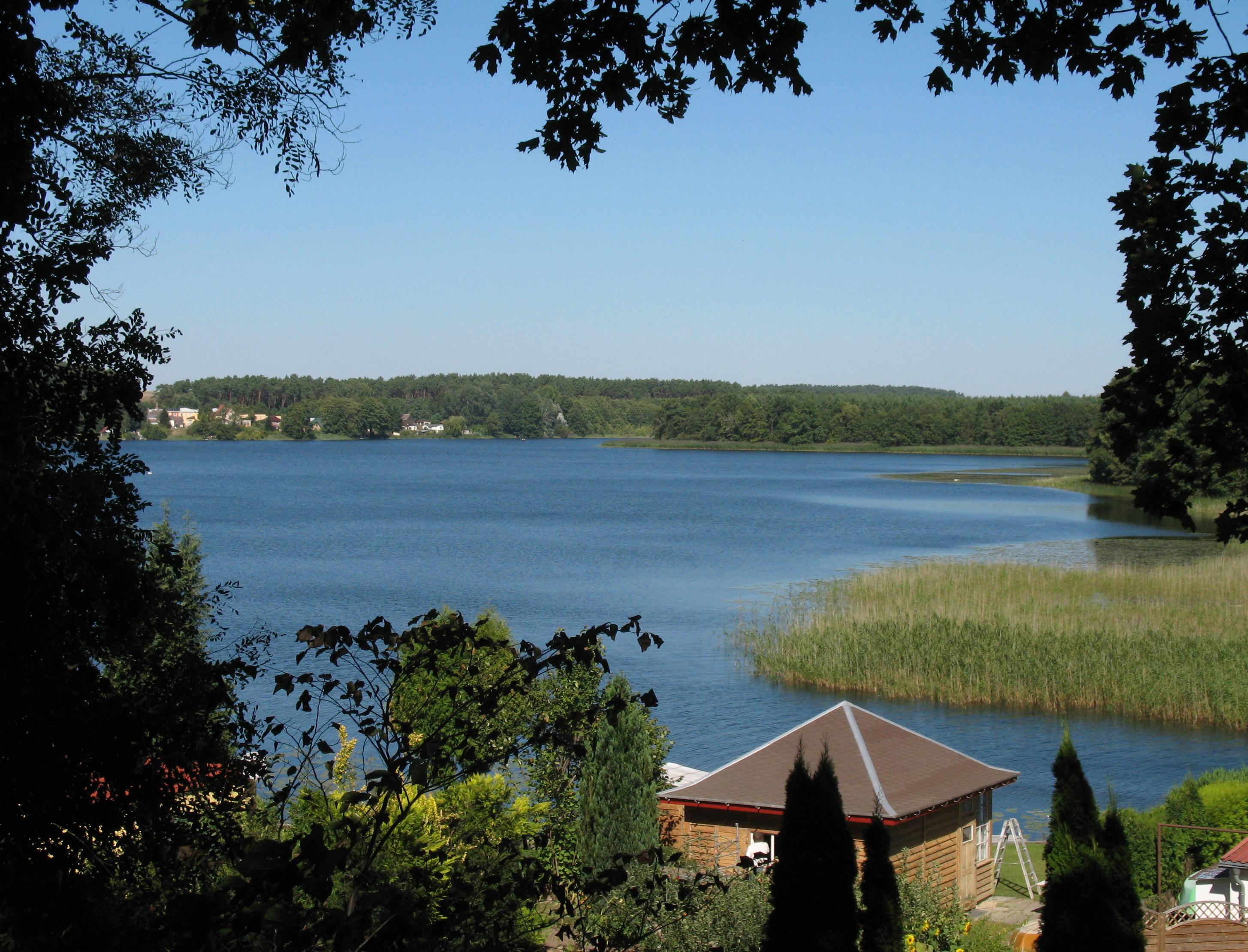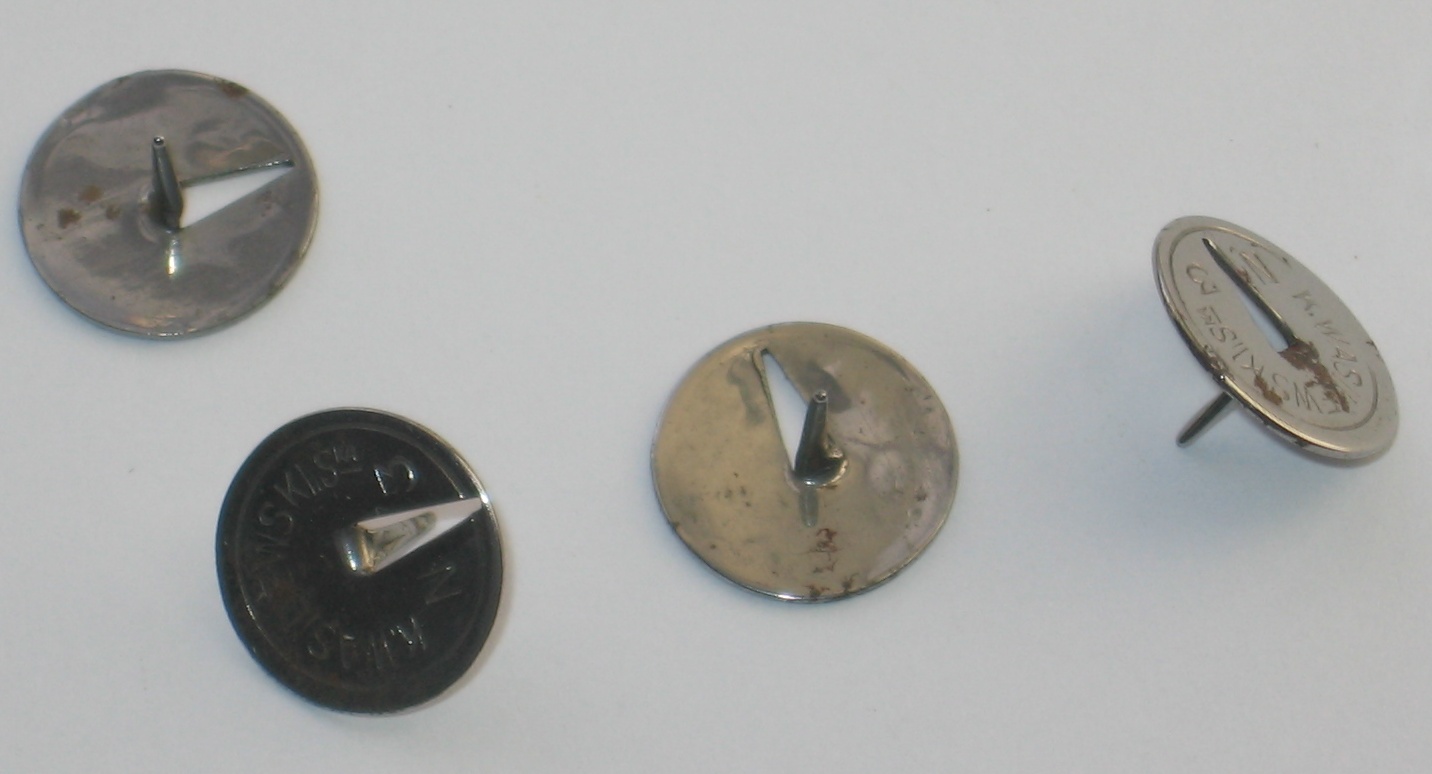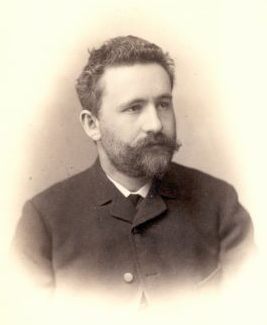|
Lychen
Lychen (), also known as ''Flößerstadt'' (raftsman city), is a town in the Uckermark district, in Brandenburg, Germany. It is situated southeast of Neustrelitz, and east of Fürstenberg/Havel. This is the town where the thumbtack was created. History Historically, timber rafting was one of the most important sectors of the economy. The timber was built into rafts and used for building projects, and was also used to transport other goods. Lychen has a timber rafting museum, and tourists can travel by raft on the lake. Flat-headed thumbtacks were invented in Lychen in 1903 by Johann Kirsten. His invention is celebrated in a memorial. At the beginning of the 20th century there were a number of small factories here manufacturing thumbtacks. The Hohenlychen Sanatorium used by the Schutzstaffel during World War II, is located in the town. Demography File:Bevölkerungsentwicklung Lychen.pdf, Development of population since 1875 within the current Boundaries (Blue Line: Pop ... [...More Info...] [...Related Items...] OR: [Wikipedia] [Google] [Baidu] |
Hohenlychen Sanatorium
The Hohenlychen Sanatorium was a complex of sanatoriums in Lychen, Uckermark district, 108 km north of Berlin, Germany, that was in use from 1902 to 1945. The complex was originally built in 1902 to house tubercular children. By the 1930s the Hohenlychen Sanatorium had become one of the main medical facilities of the Schutzstaffel, where injured or convalescing SS-men were treated. Beginnings The treatment of tuberculosis developed in the second half of the 19th century, which required plenty of sunlight, clean air, a balanced diet, and sufficient exercise, initially led to the establishment of private sanatoriums for wealthy patients. However, many working-class people were also affected by the disease. Following the passing of the Otto von Bismarck#Sickness Insurance Law of 1883, first social welfare legislation, the state insurance institutions that were established in the 1890s saw it as their responsibility to build many sanatoriums. Between 1898 and 1904, there was a veritab ... [...More Info...] [...Related Items...] OR: [Wikipedia] [Google] [Baidu] |
Zenssee
Zenssee is a lake in Uckermark, Brandenburg, Germany. At an elevation of, its surface area is 1.1167 km2. It is located in the town of Lychen. See also *Nesselpfuhl *Oberpfuhl Oberpfuhl is a lake in Uckermark, Brandenburg, Germany. Its surface area is 0.6965 km². It is located in the town of Lychen. See also *Nesselpfuhl *Wurlsee *Zenssee External links Lakes of Brandenburg Uckermark (district) Woblitz b ... * Wurlsee Lakes of Brandenburg Uckermark (district) LZenssee {{Brandenburg-geo-stub ... [...More Info...] [...Related Items...] OR: [Wikipedia] [Google] [Baidu] |
Oberpfuhl
Oberpfuhl is a lake in Uckermark, Brandenburg, Germany. Its surface area is 0.6965 km². It is located in the town of Lychen. See also *Nesselpfuhl *Wurlsee *Zenssee External links Lakes of Brandenburg Uckermark (district) Woblitz basin, LOberpfuhl {{Brandenburg-geo-stub ... [...More Info...] [...Related Items...] OR: [Wikipedia] [Google] [Baidu] |
Wurlsee
Wurlsee is a lake in Uckermark, Brandenburg, Germany. Its surface area is 1.6395 km². It is located in the town of Lychen. See also *Nesselpfuhl *Oberpfuhl *Zenssee Zenssee is a lake in Uckermark, Brandenburg, Germany. At an elevation of, its surface area is 1.1167 km2. It is located in the town of Lychen. See also *Nesselpfuhl *Oberpfuhl Oberpfuhl is a lake in Uckermark, Brandenburg, Germany. Its surf ... External links Lakes of Brandenburg Uckermark (district) LWurlsee {{Brandenburg-geo-stub ... [...More Info...] [...Related Items...] OR: [Wikipedia] [Google] [Baidu] |
Thumbtack
A drawing pin (in British English) or thumb tack (in North American English), also called a push-pin, is a short, small pin or nail with a flat, broad head that can be pressed into place with pressure from the thumb, often used for hanging light articles on a wall or noticeboard. Thumb tacks made of brass, tin or iron may be referred to as brass tacks, brass pins, tin tacks or iron tacks, respectively. These terms are particularly used in the idiomatic expression ''to come'' (or ''get'') ''down to brass'' (or otherwise) ''tacks'', meaning to consider basic facts of a situation. History The drawing pin was invented in name and first mass-produced in what is now the United States in the mid/late 1750s; the earliest use of the term "drawing pin" is listed in the Oxford English Dictionary as 1812. It was said that the use of the newly invented drawing pin to attach notices to school house doors was making significant contribution to the whittling away of their gothic doors ... [...More Info...] [...Related Items...] OR: [Wikipedia] [Google] [Baidu] |
Nesselpfuhl
Nesselpfuhl is a lake in Uckermark, Brandenburg, Germany Germany, officially the Federal Republic of Germany, is a country in Central Europe. It lies between the Baltic Sea and the North Sea to the north and the Alps to the south. Its sixteen States of Germany, constituent states have a total popu .... Its surface area is 0.2140 km². It is located in the town of Lychen. See also * Oberpfuhl * Wurlsee * Zenssee Lakes of Brandenburg Uckermark (district) LNesselpfuhl {{Brandenburg-geo-stub ... [...More Info...] [...Related Items...] OR: [Wikipedia] [Google] [Baidu] |
Fürstenberg/Havel
Fürstenberg () is a town in the Oberhavel district, Brandenburg, Germany. Geography Fürstenberg is situated on the Havel, River Havel, south of Neustrelitz, and north of Berlin. The town lies at the southern edge of the Mecklenburg Lake District and is framed by the Röblinsee, Baalensee, and Schwedtsee lakes. The River Havel splits into several channels as it flows through the town, one of which contains a lock (water transport), lock used by vessels navigating the river. The original town site was situated on an island between these channels. Districts of Fürstenberg Fürstenberg includes nine Quarter (urban subdivision), areas, named for former villages that are now mostly farmland or little more than a church: * Altthymen * Barsdorf * Blumenow * Bredereiche * Himmelpfort * Steinförde * Ravensbrück * Tornow * Zootzen Fürstenberg Palace North from the center of the town is Fürstenberg Palace, which was built between 1741 and 1752 by the architect Christoph Julius ... [...More Info...] [...Related Items...] OR: [Wikipedia] [Google] [Baidu] |
Brandenburg
Brandenburg, officially the State of Brandenburg, is a States of Germany, state in northeastern Germany. Brandenburg borders Poland and the states of Berlin, Mecklenburg-Vorpommern, Lower Saxony, Saxony-Anhalt, and Saxony. It is the List of German states by area, fifth-largest German state by area and the List of German states by population, tenth-most populous, with 2.5 million residents. Potsdam is the state capital and largest city. Other major towns are Cottbus, Brandenburg an der Havel and Frankfurt (Oder). Brandenburg surrounds the national capital and city-state of Berlin. Together they form the Berlin/Brandenburg Metropolitan Region, the third-largest Metropolitan regions in Germany, metropolitan area in Germany. There was Fusion of Berlin and Brandenburg#1996 fusion attempt, an unsuccessful attempt to unify both states in 1996, however the states still cooperate on many matters. Brandenburg originated in the Northern March in the 900s AD, from areas conquered from the ... [...More Info...] [...Related Items...] OR: [Wikipedia] [Google] [Baidu] |
Germany
Germany, officially the Federal Republic of Germany, is a country in Central Europe. It lies between the Baltic Sea and the North Sea to the north and the Alps to the south. Its sixteen States of Germany, constituent states have a total population of over 84 million in an area of , making it the most populous member state of the European Union. It borders Denmark to the north, Poland and the Czech Republic to the east, Austria and Switzerland to the south, and France, Luxembourg, Belgium, and the Netherlands to the west. The Capital of Germany, nation's capital and List of cities in Germany by population, most populous city is Berlin and its main financial centre is Frankfurt; the largest urban area is the Ruhr. Settlement in the territory of modern Germany began in the Lower Paleolithic, with various tribes inhabiting it from the Neolithic onward, chiefly the Celts. Various Germanic peoples, Germanic tribes have inhabited the northern parts of modern Germany since classical ... [...More Info...] [...Related Items...] OR: [Wikipedia] [Google] [Baidu] |
Neustrelitz
Neustrelitz (; ) is a town in the Mecklenburgische Seenplatte district in the state of Mecklenburg-Vorpommern, Germany. It is situated on the shore of the Zierker See in the Mecklenburg Lake District. From 1738 until 1918 it was the capital of the Duchy of Mecklenburg-Strelitz. From 1994 until 2011 it was the capital of the district of Mecklenburg-Strelitz. The name ''Strelitz'' is derived from the Polabian word ''Strelci'', meaning "archers" or "shooters". History The village of Strelitz was first mentioned in 1278. It grew to a small town in the following centuries. In the 17th century Strelitz was a part of the duchy of Mecklenburg-Güstrow, which ceased to exist after the death of the last duke in 1695. Afterwards the new Duchy of Mecklenburg-Strelitz was established (1701). This small duchy contained the present-day district and an exclave around Ratzeburg, which is today situated in Schleswig-Holstein. In 1712 the castle and the town of Strelitz burnt down. After ... [...More Info...] [...Related Items...] OR: [Wikipedia] [Google] [Baidu] |
Timber Rafting
Timber rafting is a method of transporting felled tree trunks by tying them together to make rafts, which are then drifted or pulled downriver, or across a lake or other body of water. It is arguably, after log driving, the second cheapest means of transporting felled timber. Both methods may be referred to as timber floating. The tradition of timber rafting cultivated in Austria, the Czech Republic, Germany, Latvia, Poland and Spain was inscribed on UNESCO Representative List of the Intangible Cultural Heritage of Humanity in 2022 Historical rafting Unlike log driving, which was a dangerous task of floating separate logs, floaters or raftsmen could enjoy relative comfort of navigation, with cabins built on rafts, steering by means of oars and possibility to make stops. On the other hand, rafting requires wider waterflows. Timber rafts were also used as a means of transportation of people and goods, both raw materials ( ore, fur, game) and man-made. Theophrastus (''Hist. ... [...More Info...] [...Related Items...] OR: [Wikipedia] [Google] [Baidu] |
Uckermark
The Uckermark () is a historical region in northeastern Germany, which straddles the Uckermark (district), Uckermark District of Brandenburg and the Vorpommern-Greifswald District of Mecklenburg-Vorpommern. Its traditional capital is Prenzlau. Geography The region is named after the Uecker River, which is a tributary of the Oder; the name ''Uckermark'' means "Marches, March of the Uecker". The river's source is close to Angermünde, from where it runs northward to Mecklenburg-Vorpommern. The Oder River, forming the German-Polish border, bounds the region in the east. The western parts of the Lower Oder Valley National Park are located in the Uckermark. History Early history image:Pechberg_002.JPG, ''Pechberg'' Bronze Age Megalith tomb near Vossberg In the Last Glacial Period, Ice Age, glaciers shaped the landscape of the region. A climate change left a hilly area with several lakes formed by the melting ice, and humans started to settle the area. Megalithic-cultures arose, ... [...More Info...] [...Related Items...] OR: [Wikipedia] [Google] [Baidu] |






